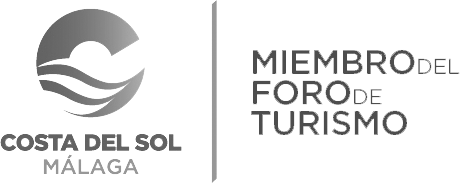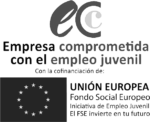In previous posts we talked about the sales funnel as a model in which the visitor's journey is divided into different stages in order to understand, optimise and guide them in each one of them in order to achieve their main objective; to follow their process from the first contact until they become a customer.
TOFU, MOFU and BOFU correspond to the acronyms of the different phases of the user's journey through the sales funnel. We must understand them well and know how to apply them to be really effective.
TOFU or Top of the tunnel
This is the first phase of the funnel and occurs when the user has already detected that he/she has a need and begins the search for information to provide an answer or solution.
An example could be a business training centre. In the first phase, the buyer persona has been made aware of the need to learn more about business and so starts to perform related searches such as "what should I know about a good business" or "the best way to learn business".
Therefore, in this first phase, we must create content that responds as broadly as possible to these possible questions in order to attract the greatest number of users. Remember that, in this phase, the user is not focused on acquiring any specific product.
Some examples of generic content that can be created during the TOFU phase of the sales funnel are:
-Make lists such as "10 reasons why...", "5 things you should know about...", "5 things you should know about...", "5 things you should know about...", "5 things you should know about...".
-Books on generic topics, trends, innovation...
-Tutorials for them to solve the need for which they are searching.
-Infographics that help our content to be shared and viralised among other users who may become customers.
Not only can we create generic content, but we can also make use of different strategies that work very well for new users arriving in the TOFU phase. These are:
- Advertising displays: to show them personalised advertisements using some data about the users.
- Videos on social networks to achieve a high level of interaction and connect emotionally with our users.
- Content advertising to generate engagement without creating distrust in users.
MOFU or Middle of the funnel
In the previous phase with the creation of generic content and strategies we have achieved that the user is more determined about what they want, in the case of the example, it would be to find a site where they can learn about business. Therefore, the client is already evaluating different options to cover their needs.
Unlike the previous phase, in this intermediate part we will focus on offering content that is more specialised, trying to get the user to leave as much data as possible and become a lead. The key is to cultivate a good relationship with users and offer them exactly what they are looking for.
Some examples of how this can be done are:
- A FAQ section to answer your questions.
- Detailed guides that position us as a benchmark in our sector.
-Testimonials with which the user can identify and place us in their mind as the first choice.
-Feedback from previous customers and recommendations.
We can also make use of MOFU strategies to move the user through the sales funnel. These could be:
-Email marketing. It is a very useful tool that still delivers very effective ratios, but you will need to monitor your open rates and CTR.
-Social Ads. In the MOFU phase the most important thing is to create leads so focus on ads that help generate that data collection.
-Remarketing. We must impact again with advertising to those users that we already know have shown interest in us at some point in the past.
BOFU or "bottom of the funnel".
In this last phase of the sales funnel, the most important thing is to close the sale. It is the narrowest part of the funnel since we must convince the users who have reached this point to buy.
Resources that can be used in this last phase include:
-Demos or free trial period.
-Discounts, special introductory prices...
-Services that can be highly customisable and therefore make us unique from the competition.
As in the previous phases, there are marketing actions that can also help to complete the conversion of the sale such as the creation or use of user communities, SEM or Social Ads using a different targeting than the one used in the MOFU.
The funnel does not end here, because when the customer makes the purchase, we must continue in contact with them in order to build loyalty and create friends of the brand that will help us to continue to grow.





